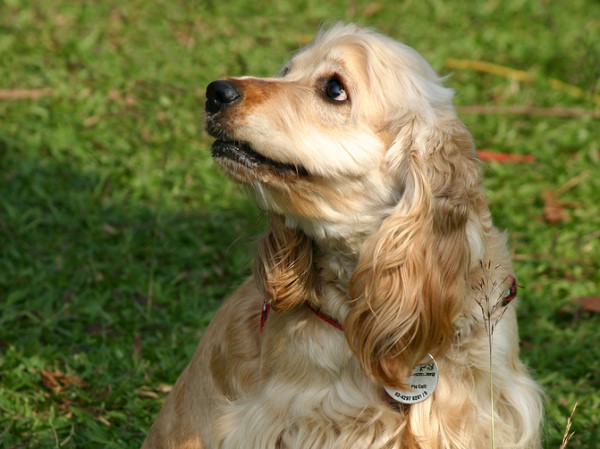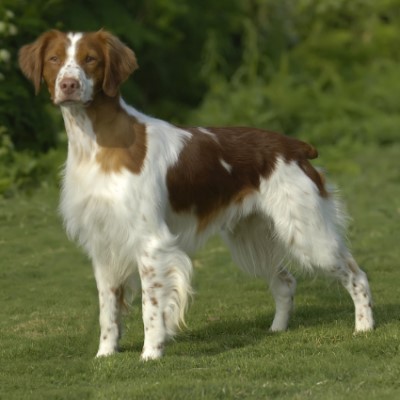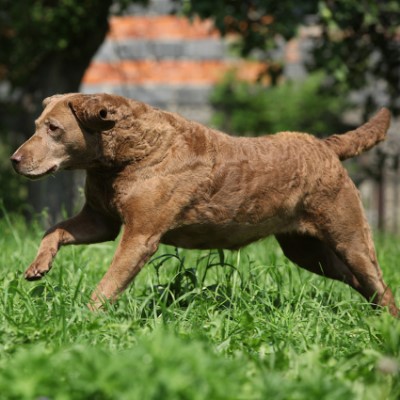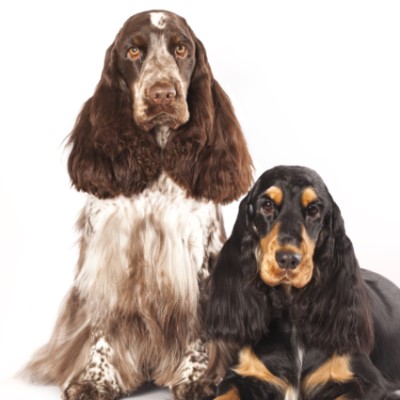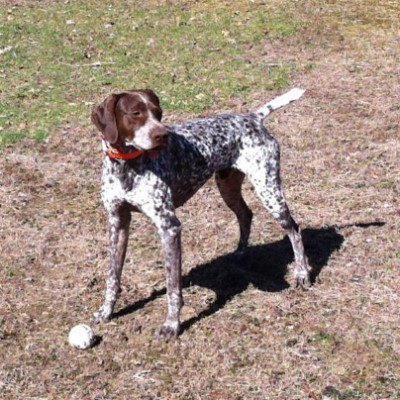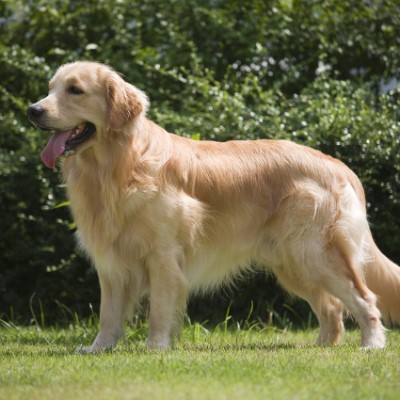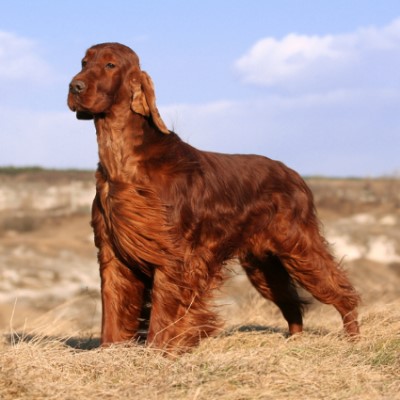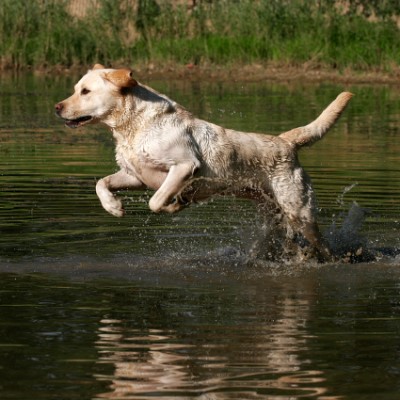Common Reasons for Surrender
The most common reasons for surrender of the Cocker Spaniel are that the family moves, a life change happens and there is not enough time for the dog, or due to this economy a family lost their home and is not able to take the dog to the next home or simply cannot afford their Cocker Spaniel anymore.
Pros
The Cocker Spaniel’s lovable personality and inherent friendliness toward humans has made him very popular, a favorite among American families. Cocker Spaniels are the perfect size to walk with you or to be carried. The Cocker Spaniel is very affectionate and most will be happy to be your lap dog. Many Cocker Spaniels are ball hounds and will chase balls with you in the yard.
Cons
The Cocker Spaniel’s most distressing quality is her propensity for ear infections. Her ears need to be checked every few days for inflammation and cleaned once a week. The Cocker Spaniel’s corn- and wheat-free diet is usually more expensive than regular kibble.
The Cocker Spaniel needs a corn- and wheat-free diet. Some dog owners find this diet helps to prevent ear infections in dogs, and it also deters allergies.
Exercise
Your Cocker Spaniel will want to take a walk at least twice a day and loves to retrieve tennis balls. Daily walks help your dog learn his manners on the leash and are ideal for socialization with people and other dogs. Putting the dog in the backyard for an hour is not exercise.
Possible Health Issues
Cocker Spaniels have long droopy ears which hang down over the ear canal so the dog’s ear receives little ventilation. A warm, moist ear is a breeding ground for ear infections, so their ears need to be cleaned weekly and should be checked every couple of days. You can also clip the hair that is close to the inside of the ear. The Spaniel can also get cataracts and is prone to skin allergies.
Housing
 Cocker Spaniels can adapt to any lifestyle, but they are not meant to be housed outside the home or roaming about a farm in the country. The Cocker Spaniel can be a city dog and adapts to any environment as long as she is cared for inside the home and is taken for regular walks and exercise sessions.
Cocker Spaniels can adapt to any lifestyle, but they are not meant to be housed outside the home or roaming about a farm in the country. The Cocker Spaniel can be a city dog and adapts to any environment as long as she is cared for inside the home and is taken for regular walks and exercise sessions.
Grooming
Most Cocker Spaniel owners take their dogs for regular grooming by a professional. Pay special attention to keeping excessive hair that is under the ear flap trimmed down so the dog’s ear has better ventilation, and check his ears every few days for possible infections.
Training
The Cocker Spaniel can be stubborn but will respond to obedience training or “dog obedience school,” which is recommended for all Cocker Spaniel puppies.
Entertainment
Cocker Spaniels instinctively love to hunt and may enjoy working on field trials at dog shows. You may see an amateur training video at this YouTube link. Field trials aren’t necessary, however, and your Cocker Spaniel will enjoy carrying things around your house or your yard.
|
ADDITIONAL RESOURCES
Love Has No Age Limit – Welcoming an Adopted Dog into Your Home by Patricia B. McConnell and Karen B. London
How to Behave So Your Dog Behaves by Dr Sophia Yin
We want to thank the Second Chance Cocker Rescue in California for help with this profile.
